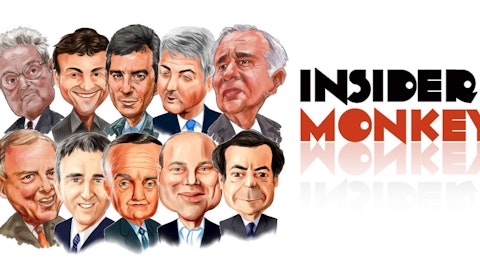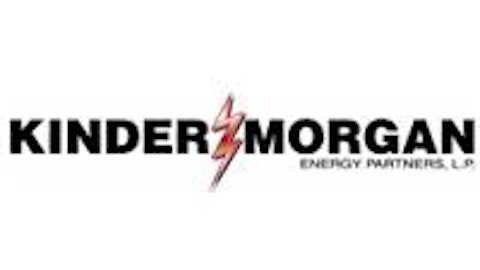Kinder Morgan Inc (NYSE:KMI) released its second quarter earnings after the closing bell Wednesday, and as had been expected by several analysts, the company didn’t put up a spectacular performance during the quarter, posting earnings per share of $0.15 on revenue of $3.46 billion. This was below analysts’ earnings per share consensus estimate of $0.19, and well below their revenue estimates of $3.96 billion. The company’s cash flow was however stronger, prompting it to up its quarterly dividend to $0.49. On a year-over-year basis, the company delivered an improvement of $0.18 on distributed cash flow, to $0.50. According to the results, the company had $1.10 billion in distributable cash flow before items, which was way above the $332 million it posted in the same quarter last year. Net income too was down, to $342 million compared to $497 million in the same quarter last year. Reasons for the decline as cited by the company’s management were increased Depreciation, Depletion and Amortization (DD&A) expenses, box taxes, and interest expenses. Generally, some other factors that contributed to the miss were low prices of the company’s products, and low sales volume. The company’s revenue stems from four principal segments, namely, natural gas pipelines, terminals, products pipelines, and CO2. Being in the energy industry, which has been widely hit by low gas prices, the Houston, Texas-based company too became a victim, accounting for its low revenue.

A total of 66 of the hedge funds tracked by Insider Monkey were long in this stock as of March 31, a drop of five from one quarter earlier. The aggregate value of the holdings of the funds also decreased considerably, to $1.59 billion from $2.07 billion over the course of the first quarter. With Kinder Morgan’s shares being down only slightly (less than 1%) during that time, the decrease is mostly attributable to a withdrawal of capital by the smart money. They have proven to be wise in doing so, as shares have dipped by 10% since the end of that period, as well as the disappointing earnings. We can say that the smart money definitely saw it coming based on their moves.
As we consider a company’s performance, we also look into the activities of hedge funds on the stock. But why do we track hedge fund activities? From one point of view we can argue that hedge funds are consistently underperforming when it comes to net returns over the last three years, when compared to the S&P 500. But that doesn’t mean that we should completely neglect the hedge funds’ activities. There are various reasons behind the low hedge fund returns. Our research indicated that hedge funds’ long positions actually beat the market. In our back-tests covering the 1999-2012 period hedge funds’ top small cap stocks edged the S&P 500 index by double digits annually. The 15 most popular small cap stock picks among hedge funds also bested passive index funds by around 81 percentage points over the 34 month period beginning in September 2012, returning nearly 140% (read the details here).
Insider activity is another important metric that we track (and from which we derive our name), and we find a number of these transactions have taken place at Kinder Morgan this year. Executive Chairman Richard Kinder has purchased 300,000 shares this year, hiking his sizable ownership to over 234 million shares. President and CEO Steven Kean has also purchased 12,000 shares this year. While there have also been a number of insider sales, given that insider purchases are a much more powerful indicator, we consider the insider activity to be bullish.
Let’s move on to a deeper look at the hedge fund activity in the stock.




